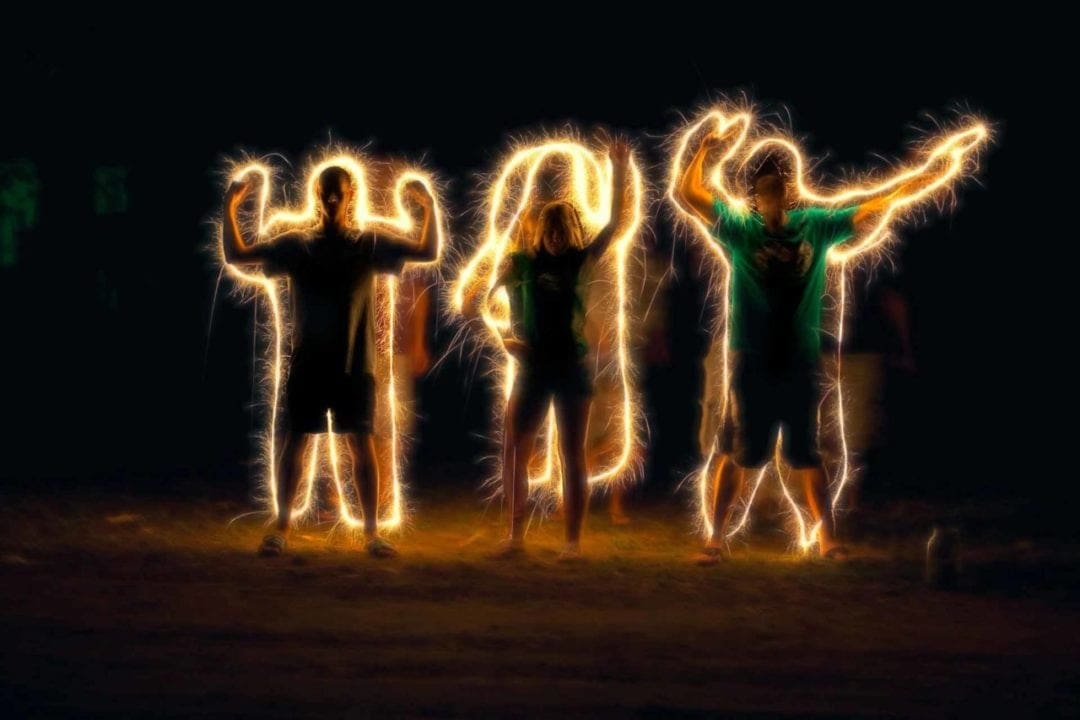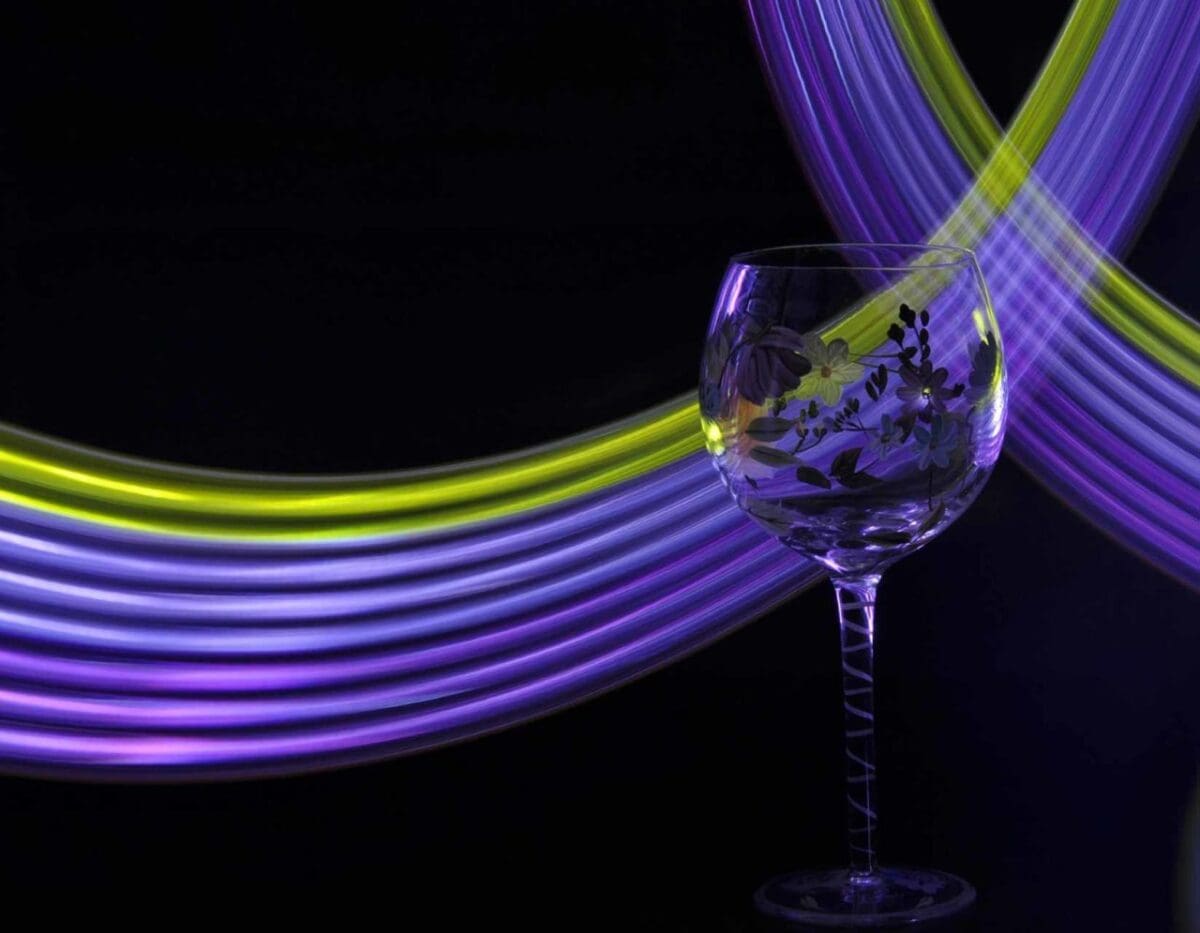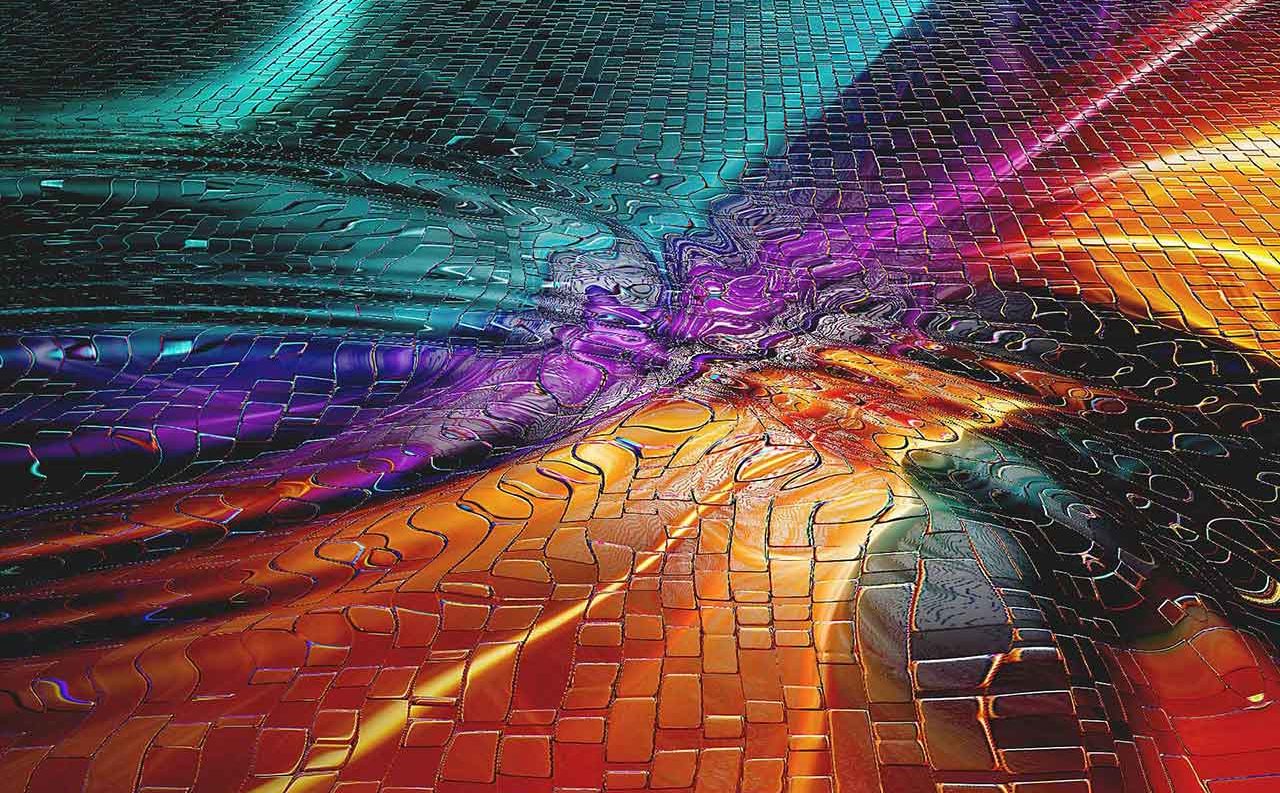One of the advantages of night photography and the absence of light is the total control you sometimes have to add light back into a scene and completely transform it into something people haven’t seen before.
Painting with light, so to speak, is an effective night photography technique that allows you to transform popular photo locations with a simple flashgun, or sometimes even more DIY light solutions.
The key to making light painting shots work is to get away from the ambient light of the city as best as you can, as the darker a scene is, the light you ‘paint’ into it will look all the more dramatic.
To this end, try taking your camera and tripod out to a local beauty spot or historical location late at night and paint its more recognisable areas with your flash.
Using your flash to create shadows and highlights will result incredible effects that give this scene an otherworldly appearance that many people won’t have seen before.
In this tutorial we’ll run through some of the best practices for painting with light, as well as show you some of the common mistakes that can trip you up and offer advice on how to avoid them.

Light painting: choosing your subject
For an effective light painting image you’ll need to find a location that is fairly dark so that any ambient light doesn’t negatively affect your long exposures. Like we said above, recognisable locations work really well, but these don’t always have to be landmarks.
A local park, playground or even a graveyard can often make for striking locations for light painting. Old, derelict buildings also work quite well as subjects for painting with light, as do cars and machinery.
Whatever subject you choose, a key ingredient should be that it has some fairly light detail which your flashgun can illuminate.
SEE MORE: How to make a vortex star trail in Lightroom and Photoshop
The best gear for painting with light
When painting with light your exposures can often last for minutes. Therefore one of the most useful pieces of kit you can buy for painting with light is a remote release cable.
These are very inexpensive but allow you to keep your shutter locked open for extended periods of time. And most importantly, you can do so without touching – and moving! – your camera.
Next on your list of essential gear for painting with light should be a sturdy tripod. You don’t need to break the bank for a top of the line model, but a solid alloy model that can stay strong in a light wind is crucial to keeping camera shake at bay.
When setting up your tripod, try to avoid extending the leg sections if possible. Or at the very least, try and avoid using the thinner section of the legs at the bottom end. These are the least stable and expose your camera to possible movement.
Likewise, if you can avoid raising the centre column, do so. Look for creative ways to get the angle you need, such as setting up your tripod on a higher surface and avoiding any uneven ground.
Just shoot!
There’s always going to be a bit of mathematics involved when you’re shooting a scene with flash, but on the whole the best way to paint with light is to try and try again.
Trial and error is probably one of the greatest secrets of professional photographers. Often we visit their websites and only see their very best work, but the reality is, there were probably many, many attempts that went into getting that shot that won that award.
Patience and persistence is an understated, yet key, ingredient of night photography so get out there and get shooting and don’t worry if your first hundred images are terrible! You’re not shooting film anymore (well, at least not most of you reading this!) so those frames aren’t costing you anything.
But while we say, JUST SHOOT, there are also some things you can do to aid your success rate. For starters, try to avoid firing your flashgun within the frame of the shot. An exception might be if it’s hidden behind an object in the frame.
Likewise, trip your shutter and leave it open for a couple minutes if you would like to retain some colour in your sky rather than have it rendered pitch black.
Double the exposure time if the image is too dark and reduce by half if it’s too bright. It may take a few attempts to get the exposure how you want it.
And as always with trial and error methods, make sure you zoom in and check the results on your camera’s LCD screen. Is it sharp? Is the exposure right? If not, adjust as necessary.
SEE MORE: Understanding light modifiers in photography

How to fire your flash when painting with light
This s the most exciting part of painting with light for us. Grab your flashgun and wander around your scene, making sure you always stand outside the frame.
As you pace the scene, fire off your flash towards your subject. Best practice is to point the flash from over your head, from your waist or near the floor. Do this several times while roaming around the scene.
Again, check your results in playback mode to determine whether you need more flashes or fewer to achieve the best exposure.
Best camera settings for painting with light
When painting with light, metering is unnecessary and longer shutter speeds require extra care. These are just starting points, but below is our advice for the best camera settings to use when painting scenes with light.
Exposure mode
Manual mode is the only option that will work in these dark conditions
Aperture
We like to start at f/22 or f/18 for greater depth of field and sharpness. A smaller aperture light this will also give you longer exposure times.
Shutter speed
Again, you’re kind of beyond your shutter speed dial in these conditions. You’ll want to switch your camera to its Bulb setting and time an exposure of 2 to 4 minutes.
Focus mode
We like to use AF to focus on the closest object to the camera before switching to Manual.
White Balance
If you’re shooting raw files you can always correct this in post-processing, but generally we tend to select our camera’s Sunny or Flash presets for natural-looking results.
Mirror lock-up
If your camera has this function – and most do now – make sure you enable it to help cut down on the possibility of camera shake from mirror movement.
Noise reduction
This is another now-standard feature that is a must-use when shooting at night.
Best flash settings for painting with light
Switch your flashgun to manual power and select an output setting of around 1/8th of full power. You don’t need an expensive flashgun. We used a budget model we picked up on eBay and simply fired it several times manually by pressing the flash button.
Common mistakes when painting with light
Painting with flash involves a degree of trial and error, but it’s still worth bearing in mind the following tips when you’re out: try to avoid firing the flash inside the frame, make sure there’s enough overall flash, and ensure you don’t vary flash intensity too much.
Graveyards and fields can also be tricky to traverse, so be careful where you step in the dark – you can’t use a torch because the ambient light will spoil the shot. When things go wrong, don’t panic. You’ll soon get the hang of it (and remember you’re only burning battery power!).
Not enough flash
If your images appear to suffer from imbalanced brightness between different areas of the subject, try moving further away from the bright areas. You can also reduce the number of flashes. Again, this depends on trial and error, but ití’s worth the effort.
Flash in frame
Setting up in daylight helps to define the frame boundary with rocks or branches so you don’t poke the flash inside the frame. You can walk across the frame, but if you’re firing the flash make sure you hide it behind part of your subject and point it away from you.
Unbalanced flash
Another common error is failing to pump enough light onto your subject through fear of overexposure. Resist upping the power to 1/2 or full power and try flashing more. Using less power creates a more natural, painted look.
READ MORE
5 quick fixes to improve long exposures
8 night photography tips you’ll use forever



